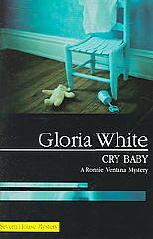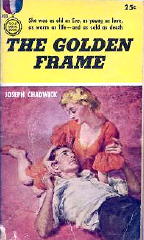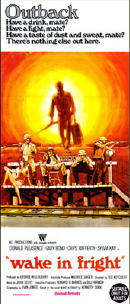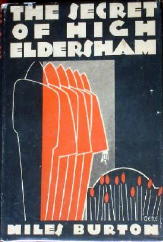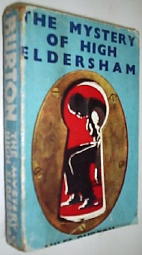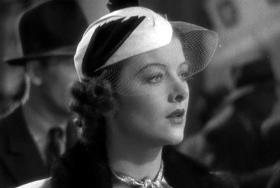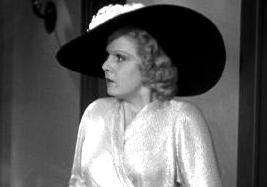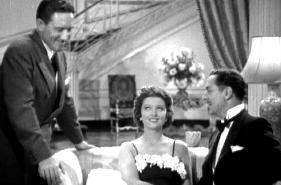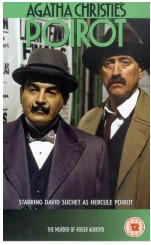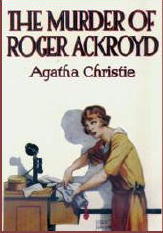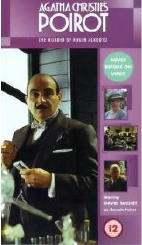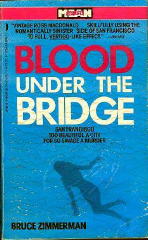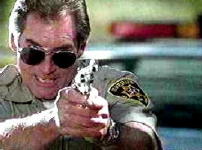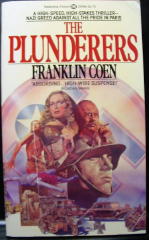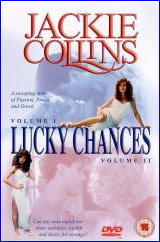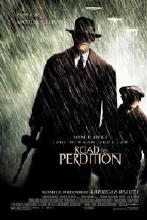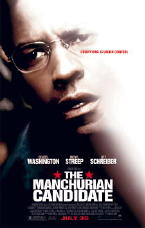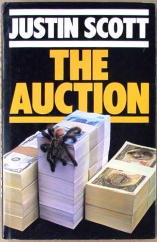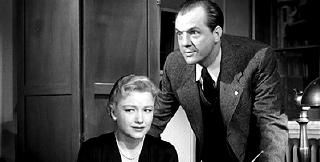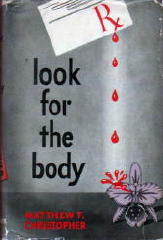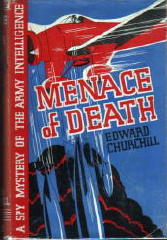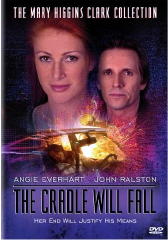Sat 20 Dec 2008
Archived Review: GLORIA WHITE – Murder on the Run.
Posted by Steve under Authors , Bibliographies, Lists & Checklists , Characters , Crime Fiction IV , ReviewsNo Comments
GLORIA WHITE – Murder on the Run.
Dell, paperback original. First printing, July 1991.
According to page one, Ronnie Ventana is the half-Mexican daughter of a pair of jewel thieves. Somehow she is now a PI. According the short bio at the end of the book, this is Gloria White’s first novel.
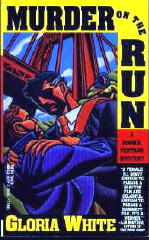
Of these two statements, the first one is more than a little unusual, but it’s actually the second one that’s harder to believe. This is a very good book, and if I had any say in the matter (which I don’t, since I’m not involved in voting for any book for any award) I think it could easily be nominated for Best First Novel in anybody’s league.
It begins like this. Ronnie is out running near Golden Gate Bridge one morning, when she spots two men struggling. One pushes the other into the water, and then she is pursued by the one who did the pushing. Luckily she gets away.
Two problems follow right away: (1) the body is not discovered immediately, and (2) she recognizes the person who did the dumping as Pete August, a PI who once worked for the D.A.’s office, and who was also once on the police department — and in brief, a fair-headed, high profile boy with all his former connections still intact.
Snubbed by the police, Ronnie keeps on the case. More deaths follow, and she manages to get a homicide detective named Philly Post interested. Ronnie is a lady who doesn’t give up, and the story has both ginger and snap.
There is even an unexpected twist ahead. The only problem is the ending. It’s too predictable. A little too obvious. I saw it caning. One good twist deserves another, as the saying goes, and I didn’t get it.
Don’t get me wrong, though. This book is as good as any of the other female PI novels I’ve read in recent months, and some of them were as good as some of the males of the species. (A number of them were even better.)
[UPDATE] 12-20-08. This is the first review I’ve reprinted since I announced the new focus for this blog posted last weekend but revised earlier today. I was doing movie reviews back in 1991 as well as now, and the ones in this old issue of M*F will soon be showing up here also.
As for Gloria White, her PI character Ronnie Ventana didn’t have as long a career as I was hoping when I wrote this review. In spite of a slew of award nominations, which I’m pleased to have anticipated, Dell dropped her books after only four outings. Luckily, and this doesn’t always happen, two more books in the series have come out in recent years, and in hardcover to boot.
Expanded from her entry in the Revised Crime Fiction IV, by Allen J. Hubin, here’s a list of all of Gloria White’s mystery fiction:
WHITE, GLORIA. Series character: PI Ronnie Ventana in all.
* Murder on the Run. Dell, pbo, 1991. [Anthony Award finalist]
* Money to Burn. Dell, pbo, 1993.
* Charged with Guilt. Dell, pbo, 1995. [Edgar Award Finalist, Shamus Award Nominee, Anthony Award Finalist]
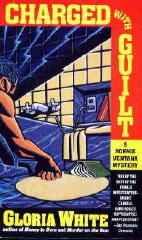
* Sunset and Santiago. Dell, pbo. 1997. [Edgar Award Finalist, Shamus Award Finalist]
* Death Notes. Severn House, hc, April 2005.
* Cry Baby. Severn House, hc, June 2006; trade paperback, June 2007.
